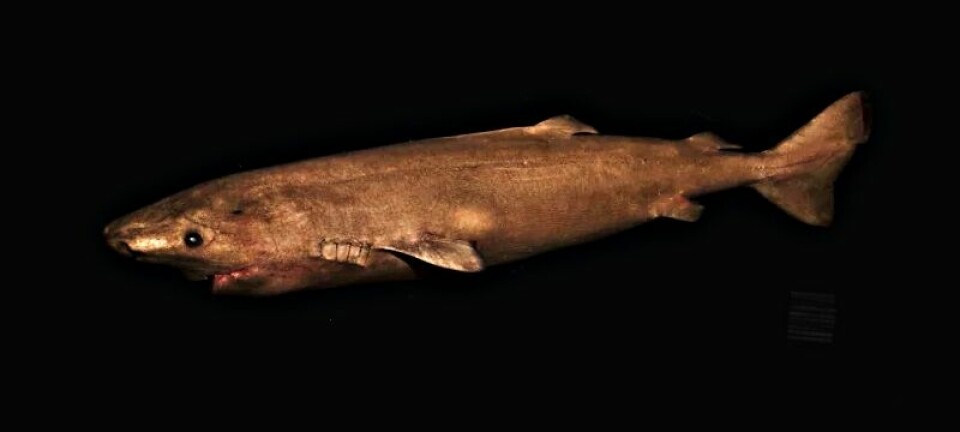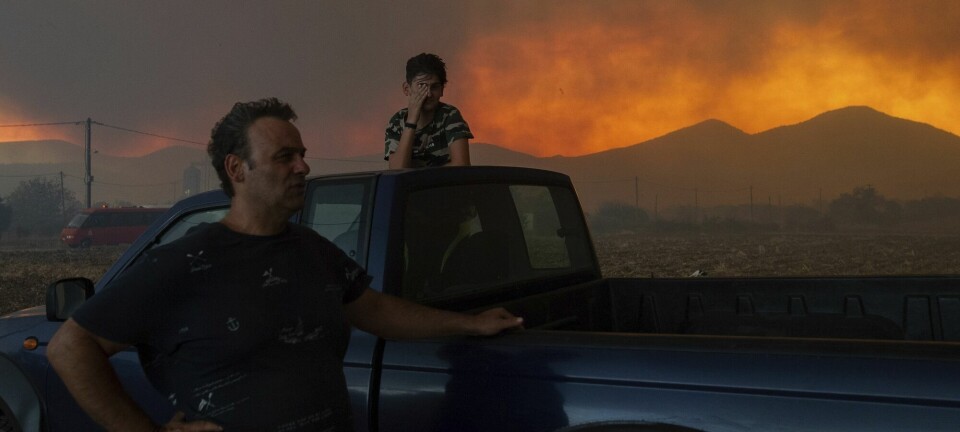A land bridge through a lost ocean allowed elephants and apes to migrate between Africa and Asia
Researchers have looked into what happened when Africa came on a collision course with Europe and Asia.
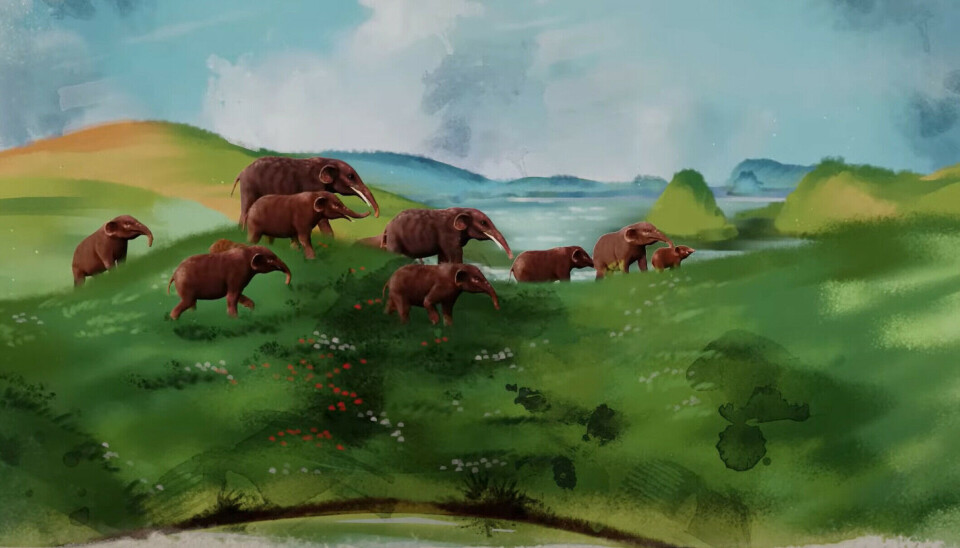
60 million years ago, there was open sea between Eurasia and the African continent.
In between lay a lost ocean called Tethys. It connected the Atlantic Ocean and what is now the Indian Ocean.
Then Africa came on a collision course with Eurasia.
The Tethys Sea closed. A land connection formed between Africa and Eurasia via what is now the Arabian Peninsula.
Researchers have now pieced together knowledge about what happened. They also used newly developed models to study how the landscape changed as a result of processes within the Earth's interior.
A pillar of hot rock mass from the mantle contributed to the formation of a land bridge 20 million years ago.
This led to changes in climate and ocean circulation and also had significance for evolution.
Giraffes, rhinos, big cats, and many other animal groups migrated into Africa. The large, extinct elephant species Gomphotherium made its way into Asia. Ape relatives of humans also migrated between the continents.
Slow collision
“It's exciting that processes we think of as very slow, such as plate tectonics and mantle convection, have a significant effect on the development of life on Earth and the climate over both long and short time scales,” says Eivind Olavson Straume.
He is a postdoctoral researcher at NORCE and was involved in the new study published in the academic journal Nature Reviews Earth & Environment.

Before the collision, Africa had been isolated from the other continents for tens of millions of years.
India broke away from Africa 90 million years ago. The Arabian Peninsula began its separation around 25 million years ago.
The continents crashed into Eurasia, creating mountain ranges from the Alps to the Himalayas.
“Before the collision, there was an open ocean passage from the Pacific, through the Mediterranean, and into the Atlantic Ocean,” says Straume.
After the collision had begun, there was still a shallow waterway across the Arabian continent.
This changed 20 million years ago, when a land bridge closed the waterway.
“We still don’t know exactly what that bridge looked like or precisely what caused its formation,” he says.
Happened earlier than it might have otherwise
Researchers now believe they have a clearer picture of what happened.
“In the northeastern part of Africa, there's quite high topography today due to a mantle plume with hot and less dense material,” says Straume.
The plume is called Afar and rose beneath the continent about 30 million years ago.
Afar is a hotspot with hot rock masses rising from deep within the mantle. It created volcanism and lifted the landscape in northeastern Africa.
Hot rock masses then flowed further north beneath the Arabian Peninsula, contributing to land uplift and volcanic activity. The traces are still visible in the landscape today.
This led to the formation of a land bridge, known as the Gomphotherium land bridge, and the shallow water passage was closed.
“A connection between Eurasia and Arabia would likely have occurred anyway due to plate tectonics and the collision. But it happened earlier than it otherwise would have because of the mantle flows,” says Straume, adding:
“This timing is important in terms of species evolution and how they spread across the continents.”
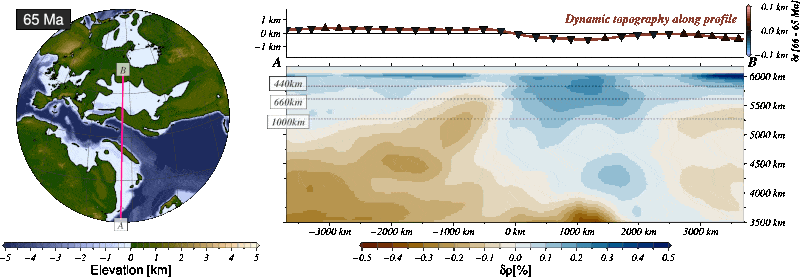
Major species migrations
Before the land bridge, wildlife in Africa consisted largely of species that were unique to the continent, and there was little diversity, according to the study.
Around the time the land bridge emerged and afterwards, there was a large exchange and migration of species, says Straume.
An interesting link is that the ancestors of great apes moved between the continents, he says.
Most viewed
These apes made it to Africa some time before the land bridge emerged, perhaps via islands as the landscape in the area changed.
The apes later died out in Asia but continued to evolve in Africa and later migrated back to Asia.
“The evolution that occurred in Africa would have been delayed – or might not have happened at all – if these migrations hadn't been possible,” says Straume.
A number of other mammals also migrated into Africa, while others migrated in the opposite direction.
“They were the ancestors of many of the animal species that are common in Africa and Asia today,” he says.
Affected ocean currents and rainfall patterns
The closing of the Tethys Ocean meant there was less exchange of water between the Pacific and Atlantic Oceans. This seems to have triggered changes in climate and ocean circulation.
Straume says the Atlantic Ocean became saltier and the Pacific Ocean fresher.
This probably contributed to the substantial circulation seen in the Atlantic Ocean today, which is important for distributing heat northward.
Previous studies have pointed out that the uplift of the Arabian Peninsula was important for the modern rainfall pattern in Asia, including its monsoons, Straume adds.
An interesting approach
Haakon Fossen is a professor of geology at the University of Bergen. He has taken a look at the new study and says he thinks it draws together previous work and data in an interesting way.
“There are a number of loose ends and models that need better documentation, but the authors themselves also point out that more work is needed to test and further develop the model,” says Fossen, adding:
“Integrating widely different data types and models, as has been done here, is useful and creates the potential for new discoveries."
Can contribute to a new generation of climate models
Carmen Gaina is a geophysicist and professor at the University of Oslo's Centre for planetary habitability.
“Climate models that take into account how land and oceans have changed over time, horizontally and vertically, have a greater chance of revealing the complex connections and feedback between the different parts of the Earth system,” she writes.
Through their studies of how the seabed and land masses have changed in elevation and depth over time, Straume and his colleagues are contributing to a new generation of climate models, according to Gaina. Models that can shed light on how both the climate and life have evolved on our planet.
Reconstructions of what the Earth looked like millions of years ago can now be linked with advanced climate simulations, such as the Norwegian Earth System Model, she points out.
“I believe studies like these are at the forefront of interdisciplinary research,” she writes.
Reference:
Straume et al. 'Collision, mantle convection and Tethyan closure in the Eastern Mediterranean', Nature Reviews Earth & Environment, vol. 6, 2025. DOI: 10.1038/s43017-025-00653-2 (Abstract)
———
Translated by Nancy Bazilchuk
Read the Norwegian version of this article at forskning.no
Related content:
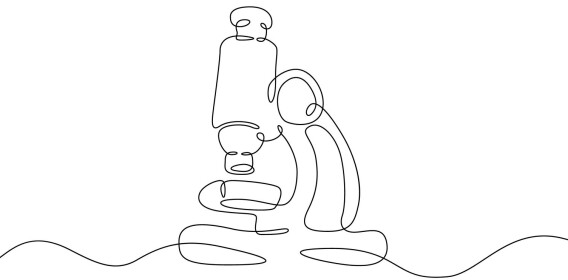
Subscribe to our newsletter
The latest news from Science Norway, sent twice a week and completely free.













